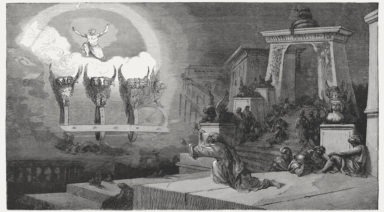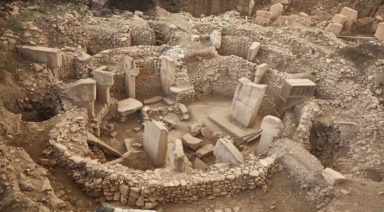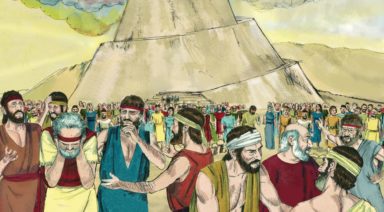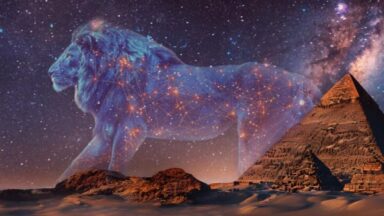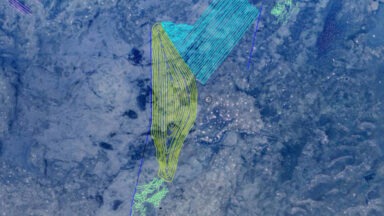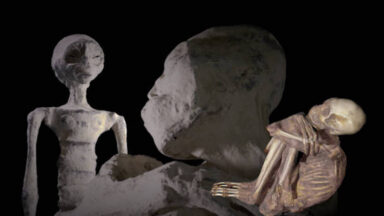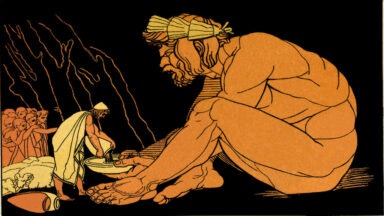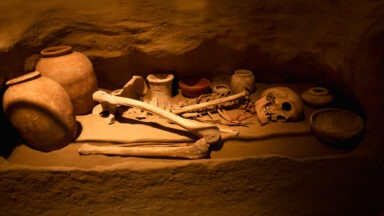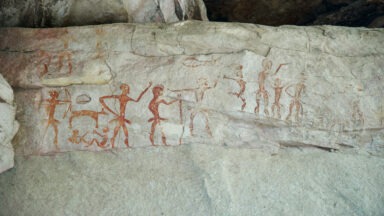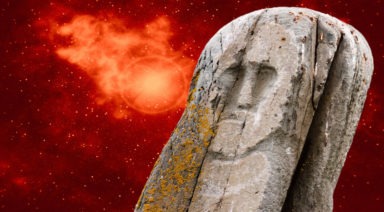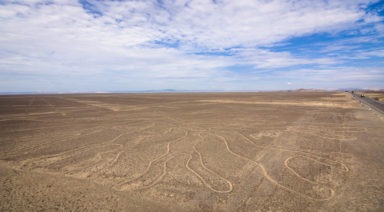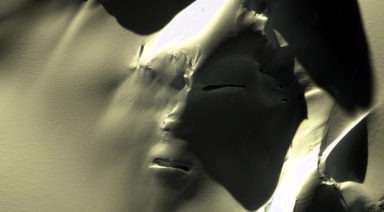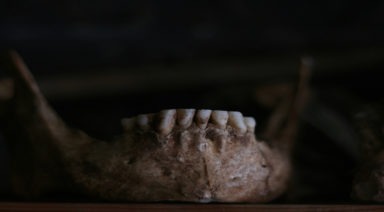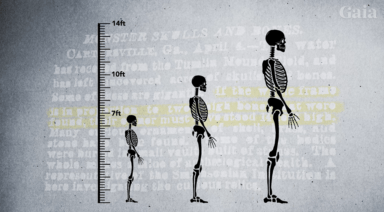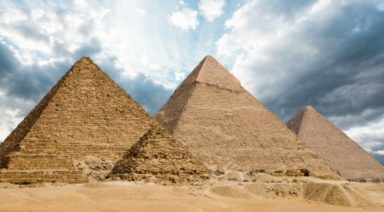Star Sirius and Egypt

If you happen to be outside on a clear night, look up. You’ll see what seems to be millions of stars in the night sky. However, on any given night we can actually only see about 2,500 to 3,000 of the 5,000 visible stars that can be viewed by the naked eye. These stars have helped form the mythologies and religions of mankind since the beginning of our existence and their mysteries are still boundless, regardless of the progress of science.
Of Planets and Gods
Planets were identified as gods who wandered across a nighttime tapestry of light, raising questions, giving answers and stunning us with the beauty of the dark world. The background of fixed stars provided the context behind a complicated cosmology, influencing those planets, which in turn influenced us. Astrology became a friend of mankind and a reflection of the power of the sky on our Earth. Each star had its effect and specific energy, but one stood out more than the others because it was the brightest of all, Sirius.
Sirius, The Luminous
Sirius is the brightest star in the sky and is conspicuously more luminous than any of the other stars around it. Sirius is bluish white, but cycles through various colors as it twinkles. Catching an unexpected glimpse of it on a cold night can be breathtaking.
Astronomically speaking, Sirius is known as Alpha Canis Majoris. In the world of astronomy, the lower the apparent magnitude of a celestial body, the brighter the object. Sirius has an apparent magnitude of -1.46. By comparison, the second brightest star in the sky is Canopus, appearing in the constellation Centaurus. Canopus’ apparent magnitude is -.72, roughly half as bright as Sirius. Sirius is 40 times brighter than our sun and is only 8.6 light years away, making it a close neighbor.
Following The Orion Constellation; Meaning Between the Two?
Sirius is part of the constellation known as Canis Major, or the Big Dog. Interestingly enough, the constellation and star have been associated with dogs and wolves in many cultures all over the world. There are numerous reasons why this could be, but the most obvious is that Sirius seems to be following a great giant in the sky, Orion.
The unmistakable image of a man walking across the heavens is universal and since dogs have been with us for tens of thousands of years, it makes sense that this bright gem would follow behind, as canines have followed mankind since our two species learned to rely upon one another.
This association has definitely influenced how the star was viewed, as well as in the energy that was perceived to be emitted from it. Sirius wasn’t always a dog, though. The ancient Egyptians often associated Sirius with the goddess Isis, especially in its capacity as a signal that the Nile flood was on the way. The star could also be connected to Osiris, as well as Anubis and the goddess of Sirius, Sopdet, whose name means “she who is sharp.” She brought fertility to the soil and was the consort of the entity known as Sah, the constellation Orion.
In Western cultures, Canis Major is the dog of Orion, meaning The Hunter. Orion’s section of the sky is a spectacular one and dramatically splashes across the heavens. A play unfolds as a hunter and his dogs chase rabbits and are attacked by a ferocious bull, as implied by the imagery of the constellations involved. Orion is near Taurus, while below him is a rabbit (Lepus), being chased by the Big Dog and a smaller dog.
Many cultures have had a specific take on this beautiful star. In Norse mythology, it was the dog of Sigurd. For some, Sirius was seen as the dog of Tobias, from the Apocrypha. The Greeks may have attributed Sirius to Cerberus.
Sirius and Ancient Egypt
Ancient Egyptian temples were aligned to the star. Although it might be tempting to think that the only reason for its great popularity was that it was the brightest star in the sky, there’s much more to Sirius. Thousands of years ago in ancient Egypt, a culture that watched the sky carefully, the heliacal rising of Sirius coincided with the summer solstice. A heliacal rising occurs when a star, after having having been hidden by daylight for a period of time, can once again be seen shortly before sunrise.
This moment defined the ancient Egyptian new year, preparing them for the coming flood and the life-giving fertility that would arrive with it.
Sirius had disappeared into the daylight hours approximately 70 days earlier. Interestingly enough, the standard period of preparation and mourning for ancient Egyptians was also 70 days. It’s easy to see how Sirius could be associated with Osiris in this case.
Some metaphysical scholars believe that the heliacal rising of Sirius and the ancient Egyptian New Year is instrumental in the planetary affiliations of the numbered cards in Tarot. It’s beyond the scope of this article to address this issue, but I believe that this is incorrect and there’s a much more sensical explanation as to why the system begins as it does.
The flooding of the Nile was mythically considered to have been caused by the tears of Isis, mourning her slain husband, Osiris. Sirius was therefore connected to her pain and sacrifice, but also her immense determination and faith. In that way, Sirius would have held hope for the future, compassion for others, even our enemies, and a never-ending source of navigation in life. In the beautiful temple of Denderah, there is a depiction of the zodiac, more or less derived from a Greek model. In this carving, Sirius appears as a cow within a boat, a probable allusion to Hathor, the consort of Horus. Once again, the idea of a feminine energy is connected to the star.
The Dog Star
Sirius is acknowledged by our culture every year. The so-called, “dog days of summer,” were once directly blamed upon the dog star. The name Sirius means searing, glowing or scorching. The reason for this connection was due to the appearance of Sirius in conjunction with that time leading to the hottest part of the year and the increase of heat as weeks progressed. It was said that the brightness of the star, added to the heat of the sun, increased temperatures significantly, bringing us the most oppressive, hottest time of the year, something we still allude to today.
Although Sirius has been viewed as a positive omen and energy in the sky, it has just as often been feared and maligned. It is been called a red star, even though it is not red now and probably has always been blue-white. This has led some to speculate that at one time it actually was red in color, but it seems more logical that this was a reference to the kind of energy that some believed came from it, beyond the heat and scorching effect, by likening it to other stars that were reputed to be dangerously negative in energy and actually were red in color. Antares in Scorpio was thought to have a powerful, martial energy and was linked to Mars.
Antares actually means, “not Mars,” due to its place on the ecliptic and the possibility of it being mistaken for the red planet. Betelgeuse, in Orion, also had a reputation as having the ability to bring bad luck. The red giant in Taurus that forms the eye of the bull, Aldebaran, is a beautiful sight on a winter’s night, although once upon a time it was thought that staring at it too much could bring obsession, confusion and danger. If you’ve ever wondered why the center of a dartboard is called the bull’s-eye, now you know. Spending some time with these stars, gazing at them and allowing yourself to feel their influence will tell you more than you can imagine.
It’s usual to feel fidelity, persistence, compassion, loyalty and complete devotion to one’s cause from Sirius. This is certainly fitting for The Dog Star.
Sirius as a Symbol
In Sirius’ capacity as a surrogate for Anubis, it represents unfailing protection and safe passage from one realm to the next. As a representation of Isis, Sirius represents a constancy of devotion to the task at hand and an unwillingness to give up, no matter what the cost. As a messenger of the Nile flood, it represents the coming of a difficult time, one that demands great work, but also a welcome omen of fertility and the continuity of benevolent, life-giving forces.
More than one secret society has used Sirius as the symbol of their directive; to guide, protect and lead those who seek light. As this symbol, it burns brightly with complete transparency of intent for a mission that can’t be neglected. As the brightest star in the sky, it represents the highest aspiration to truth and service to others, in short, the best we can be.
Sirius B: The Binary Partner
In 1862 it was discovered that Sirius has a binary partner. This blue, dwarf star has been called Sirius B, nicknamed The Pup. One of the great mysteries of the Sirius Star System has to do with the Dogon People of Africa.
It was reported in the 20th Century that they knew of the existence of Sirius B, although they would’ve had no way of knowing about it, since they possessed no distant viewing technology.
Although it certainly is possible that they somehow knew, perhaps through astral projection or some other method, it’s also highly possible that they were informed of the binary star by European astronomers who visited Mali in the late 1800’s. The mystery goes on and has spurred controversy that still rages today. Some look to the star as a long-lost home, a place to which they hope to return, either in this form or another.
Divine Reflection
Some make the claim that the stars are directly connected to the consciousness of God, and that contemplating them can enlighten and teach in a direct manner. I happen to believe that all natural phenomena can serve such a function. After all, everything is ultimately a reflection of the essence of the divine.
Being the brightest star in the sky, it only makes sense that Sirius would have been the focus of speculation and belief for millennia. It’s convenient to vilify, easy to adore, obvious to worship, fun to wonder about, exciting to view it as the home we left and ultimately return to, and almost anything else that we can connect it to.
The one thing that we must never do, is waste the opportunity to look up and see it as one of the most stunning, natural sights available to any of us, anywhere on this beautiful planet.
Although Sirius is visible for much of the year, my favorite time to view it and the spectacular constellations that surround it is from January to March. There’s nothing like going out on an icy, winter’s night and seeing the magnificent play, the celestial drama that takes place in the sky every night unfold, as it has for millennia. Whether viewed as Osiris, Orion, Isis, a wolf, or proof of interstellar travel, Sirius fills humanity with wonder. As long as Sirius twinkles and shines and we have the ability to admire its beauty, we are worthy of being linked to it as a part of nature, one that connects us forever to the stars.
Until next time, I wish you all peace and love.
Merkabah Mysticism; The Mystery Behind Ezekiel’s Biblical Vision
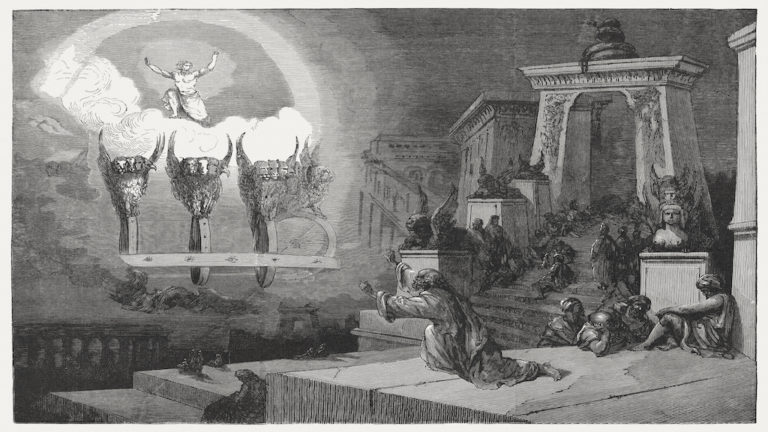
Ezekiel is one of the most curious figures in the Old Testament. His visions are reminiscent of visitations from other-dimensional beings, and the Book created in his name — the Book of Ezekiel — is the foundation for Merkava mysticism, a school of thought that has survived to this very day. It takes a discerning and informed mind to parse metaphor from historical reality, but both are equally helpful in discovering more about the mystical path created in the shadow of this most mysterious character of early Jewish mysticism.
Merkava (also spelled Merkabah, Merkaba, and Merkavah) is the Hebrew word for “chariot,” and it refers to the throne-chariot of God described by the prophet Ezekiel. So powerful and moving was the description given by Ezekiel that a sect of devotees created Merkavah mysticism, which began to flourish in ancient Palestine during the 1st century AD. When the Jews lost their homeland and were sent wandering to the corners of the earth, the center of Merkava mysticism was relocated from the 7th to the 11th century in Babylonia.
Overlapping with Hekhalot literature, the story of Ezekiel’s vision tends to be grouped within the same category of biblical passages as the Dead Sea Scrolls found at the Qumran caves, the Book of Enoch, and other biblical Apocrypha.



